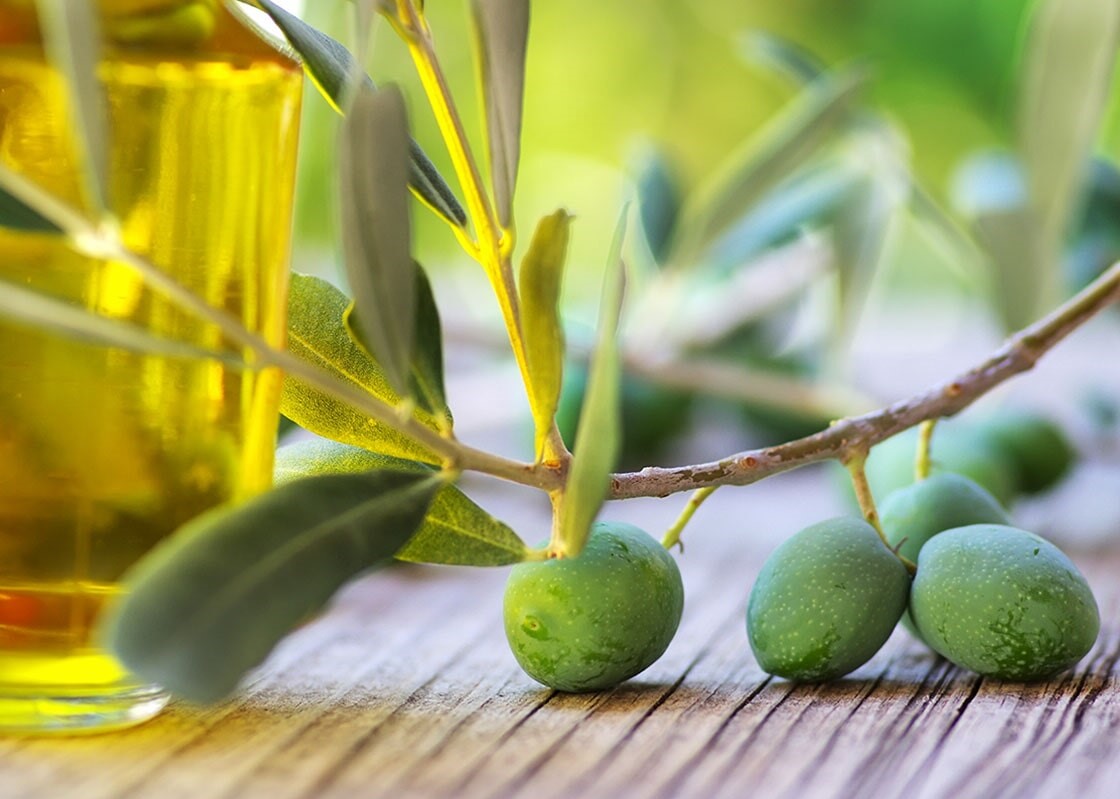
The best evidence of the long history of olive-growing in Sabina are the olive trees. Thousands of ancient trees sculpted by time still stand next to younger examples, preserving their production capacity and making the landscape of Sabina unique.
The appreciation of Sabina olive oil in antiquity was so great that, in his “De re rustica”, Marcus Terentius Varro included such detailed descriptions of cultivation and harvesting of olives that his treatise can be considered the first "production specifications”.
There is a variety of historical evidence from the “flask” of Poggio Sommavilla from the 7th century BC in which traces of olive oil were found, to the remains of Cures, an ancient Sabine city, with clear evidence of olive cultivation.
But the two old patriarchs are the best evidence of Sabina's glorious olive-growing history: “U' Livò” of Palombara Sabina and the “Olivone” of Canneto Sabino, two trees that are still living that were probably born when Sabina gave Rome its second King, Numa Pompilius (715 - 673 BC).
Sabine olive-growing continued to grow over the centuries, even after the fall of Rome, with the important contribution of the powerful Benedictine abbey of Farfa, in 1500 becoming the specialized agriculture that continues to day and that had a significant turning point with the establishment of the Elaiopolio Consorziale Sabino in the immediate post-war period.
In fact, it was in 1948 that the path towards the formation of a common identity and continuous product improvement was taken that the Consorzio Sabina DOP continues to follow and explore in all its activities.
The Product
Olio Sabina DOP is a yellow-gold olive oil with green hues in the very fresh oil, very low acidity and rich in natural antioxidants that make it an ideal food for the daily diet and an excellent ally in the prevention of cardio-vascular diseases.
Its has a clean aroma of olives with complex notes of fresh vegetables. Its taste is broadly fruity and well-balanced, with an aftertaste of artichoke, thistle and almond that is bitter and spicy for fresh oils.
The name of the protected designation of origin “Sabina” must appear on the label in clear characters in a colour that contrasts with the colour of the label so that it can easily be distinguished from the rest of the information on the label.
In fact, it is mandatory to include one of the following consecutively on the label: Olio Extravergine di Oliva Sabina DOP or Olio Extravergine di Oliva Sabina Denominazione di Origine Protetta.
Each certified bottle of certified DOP Sabina olive oil is uniquely identified by a numbered label that bears the logo, year of production, format and identification code that allows tracing the oil it contains back to the producer, mill and production area.
The Area
The olives destined to the production of extra virgin olive oil with the Sabina Protected Designation of Origin must be produced in the territory of Sabina suitable for the production of olive oil with the characteristics and quality required by the Production Regulations.
This area includes: in the Province of Rome, all or part of the administrative territory of the following municipalities: Rome, Guidonia, Fontenuova, Marcellina, Mentana, Montecelio, Monteflavio, Montelibretti, Monterotondo, Montorio Romano, Moricone, Nerola, Palombara Sabina, Sant'Angelo Romano and San Polo dei Cavalieri. In the Province of Rieti, all or part of the administrative territory of the following municipalities: Cantalupo in Sabina, Casaprota, Casperia, Castelnuovo di Farfa, Collevecchio, Configni, Cottanello, Fara Sabina, Forano, Frasso Sabino, Magliano Sabina, Mompeo, Montasola, Montebuono, Monteleone Sabino, Montenero Sabino, Montopoli in Sabina, Poggio Catino, Poggio Mirteto, Poggio Moiano, Poggio Nativo, Poggio S.Lorenzo, Roccantica, Salisano, Scandriglia, Selci, Stimigliano Tarano Toffia, Torricella, Torri in Sabina and Vacone.
By Consorzio per la Tutela e la Valorizzazione dell'Olio a Denominazione di Origine Protetta della Sabina



